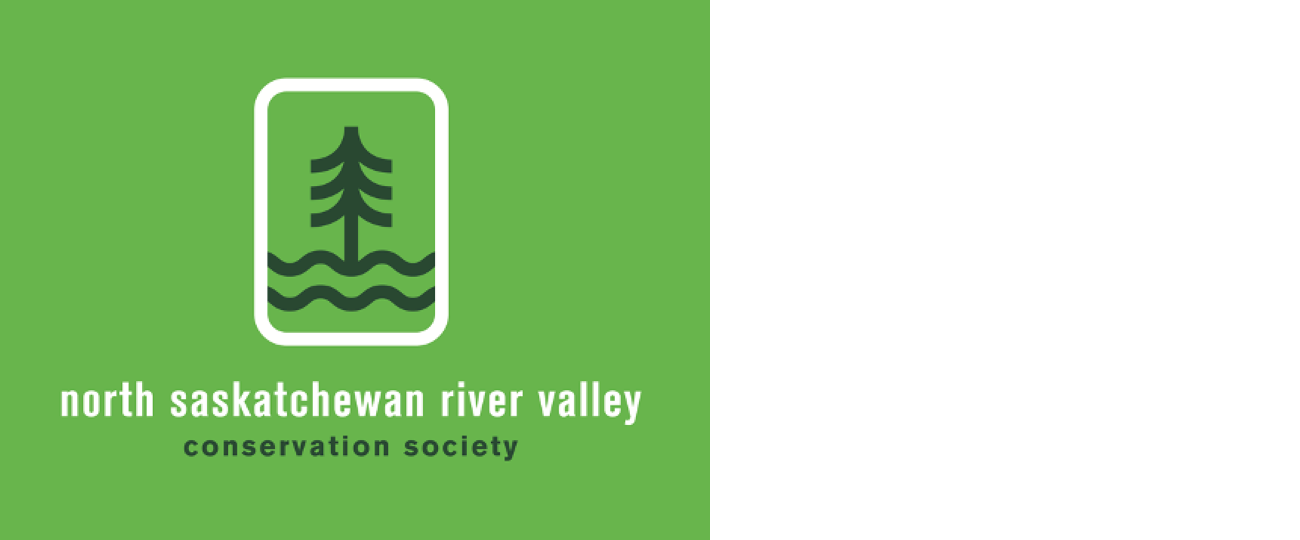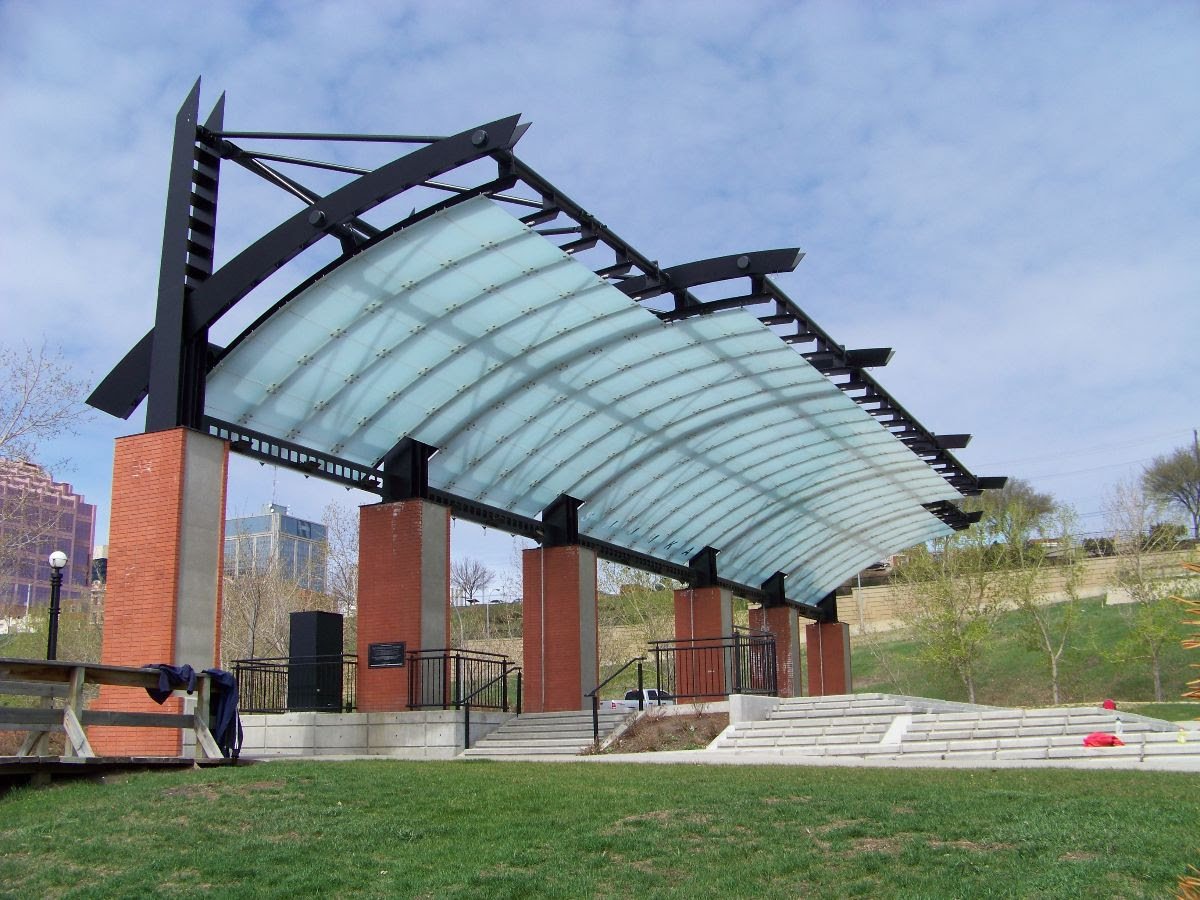City surface temperatures 6-12C higher compared to rural areas
Last summer, Nilusha Welegedara and her family sweltered in their rented Edmonton townhouse, relying on air conditioning and fans to help make life bearable. With no trees for shade, and living next door to a sun-baked parking lot, even going outside offered little relief, the University of Alberta researcher recalls.
But then they moved to a neighbourhood filled with mature trees, located near the city’s river valley. “It’s totally different now,” says Welegedara. “We never use fans and even have to use blankets sometimes in the summer, it’s that much cooler. So it’s a big relief.”
The difference doesn’t come as a surprise to this post-doctoral fellow, whose first-hand experience mirrors her research findings that there are links between various landscapes in Edmonton and hotspots known as urban heat islands. Learn more at https://www.ualberta.ca/folio/2022/08/islands-in-the-heat.html
Raise a curious, confident, nature-loving child
September spots are open for the Edmonton Forest School which runs full-day, half-day, and once-a-week program options at Gold Bar Park to support children in the development of a sense of place, an ethic of care towards nature, and an understanding of themselves as a part of the natural world.
Edmonton Forest School Society is a not-for-profit society that aims to connect Edmontonians to our incredible river valley. It is a group of parents, teachers and community members who came together to ensure our children, the next generation, become resilient, empathetic, and adventurous environmental stewards who care and protect our greatest resource, the natural world.
Programs run from September to June. Learn more at https://edmontonforestschool.com/ and email questions to instructors@edmontonforestschool.com
Showy Aster a native plant that attracts butterflies
Eurybia conspicua or Showy Aster is a tall robust native plant that looks best at the back of the border or in front of shrubs. It will grow into a nice clump, needs full sun to semi-shade, blooms late July-September, and attracts butterflies.
Showy Aster is a perennial spreading by means of underground rhizomes, forming loose clonal colonies. Each plant can produce a flat-topped array of 5-50 flower heads, each head with 12–35 blue or violet ray florets surrounding 48–55 yellow disc florets. More at https://eng.snappages.com/native-plants-e
Wasps and other insect bites can be serious
Larry writes “The mention of spiders in the article caught my attention as I just heard an interview with Arachnologist Catherine Scott who spoke of popular misinformation about spiders. The interview was full of interesting information and is well worth a listen She says that spider bites are extremely rare events, contrary to popular belief.” 8-minute interview at https://www.cbc.ca/player/play/2065099843792
Mark emailed “Thanks for sharing information on insect stings. Predator and parasitoid species are fascinating and vital to our ecosystems. Many stinging species are ground-dwellers that actively protect their nests. We can avoid a painful encounter by staying on the path. River valley users know that a crushed plantain leaf relieves mosquito bites. For a wasp sting you'll need a spit poultice, where you chew the leaf for about 10 seconds before pressing it on the sting. It's important to understand that insect predators have tremendous value and are more than a potentially deadly nuisance to humans.
Comment or contribution
Please note that articles may not reflect the position of NSRVCS. River Valley News is meant to be a clearinghouse for the wide variety of opinions and ideas about Edmonton’s River Valley. Email river valley photos, event information, comments, or questions to nsrivervalley@gmail.com
Sincerely yours,
Harvey Voogd
North Saskatchewan River Valley Conservation Society
780.691.1712















